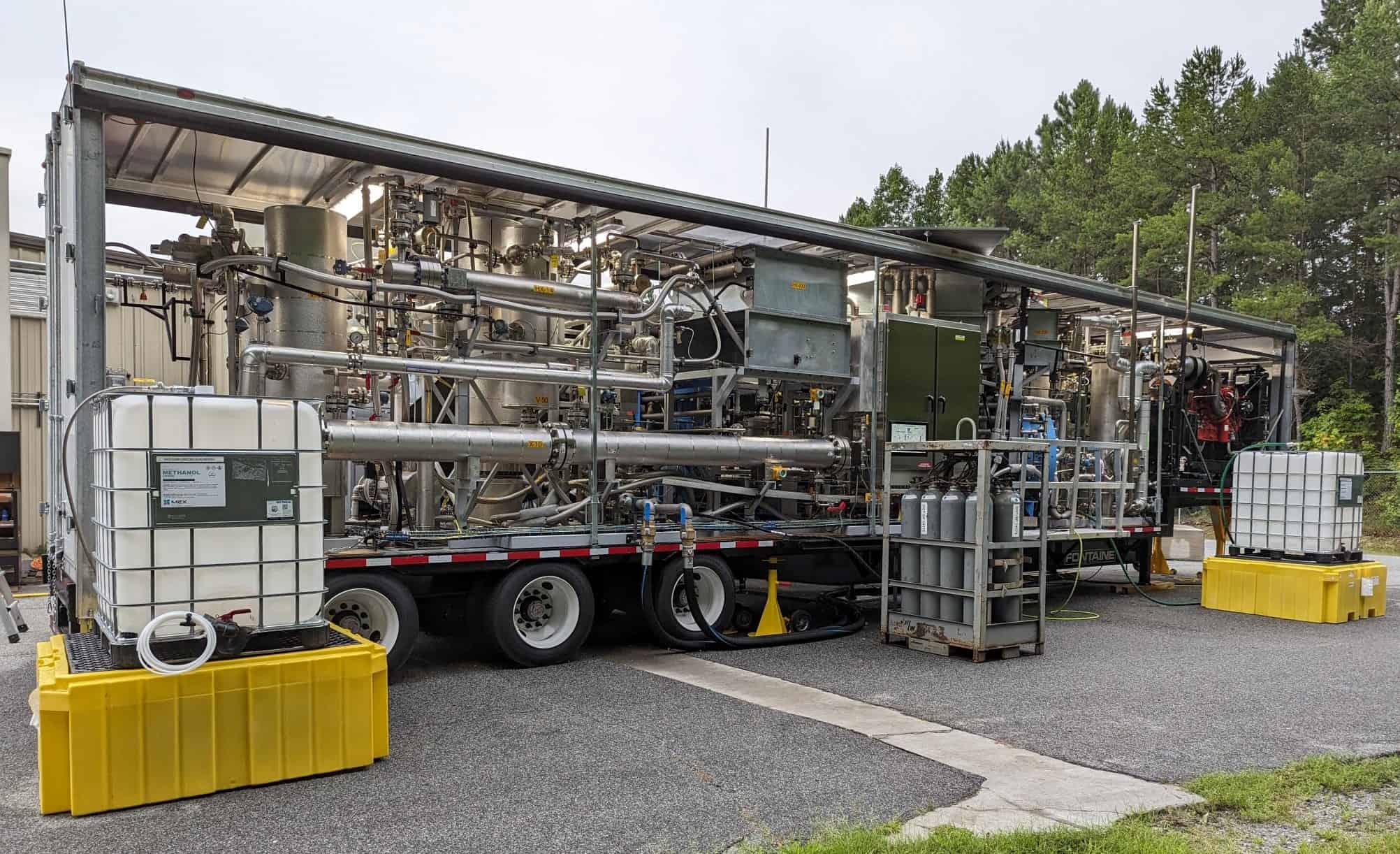
This year a new EU project was launched which is looking to reduce greenhouse gas emissions (GHG) of large-volume industrial processes by up to 35 %. At the same time, the team in charge of the initiative is also expecting to increase resources and energy efficiency by up to 70%.
The technology is being developed in a project under the auspices of the MACBETH consortium (Membranes And Catalysts Beyond Economic and Technological Hurdles). This is being coordinated by the German chemistry company EVONIK, with the participation of organizations and universities from countries such as Denmark, Spain, Netherlands, Italy, France, Belgium, and the UK. In total, the consortium involves 24 partners that bring a well-rounded set of expertise in areas concerning catalysis, membranes, carriers, reactors, engineering, modelling, together with the perspective of the end user.
Dr Marc Oliver Kristen, Head of the Innovation Agency at Evonik and Project Manager at MACBETH, said that “It is crucial that we think beyond the boundaries of chemistry, share our knowledge and make full use of all synergies. One individual company could never achieve this. Our consortium brings together the know-how that is essential for the desired breakthrough in catalytic synthesis.”
This initiative is a follow-up project of the ROMEO project (Reactor Optimization by Membrane Enhanced Operation), which was completed in September 2019. It is also based on the results of the EU projects Bionico and Carena.
MACBETH is part of the Horizon 2020 EU programme and it has received financial support of €16.6 million from the economic bloc. The end date of the project is currently set at April 30, 2024.
The Project

The project proposes a new generation of catalytic membrane reactors (CMR) for high-volume industrial applications. CRMs combine two processes of chemical reaction and membrane-based product separation in one step which, when applied to a large-scale industrial manufacturing has the potential to increase resources and energy efficiency while also decreasing greenhouse gas emissions.
Dr Raquel Portela, researcher at the Spanish National Research Council (CSIC), explained to Innovation Origins that MACBETH aims to “generate and optimize new solutions based on CMRs, taking into account the restrictions that hinder their industrial implementation in order to close the gap between laboratory-scale developments and market penetration of this technology.”
Two main objectives are implicated in this project – reduce pollution while consuming less energy. According to the consortium in the process industry, downstream processes are the steps that have the highest levels of energy consumption and resources in industrial operations. Consequently, it is highly desirable to attain a very wide-ranging applicable concept for the efficient integration of downstream operations in the overall process chain.
The MACBETH consortium offers a breakthrough technology by combining catalytic synthesis with the corresponding separation units in a single highly efficient catalytic membrane reactor (CMR),” the project’s website states.
Portela added the way this is done is by “utilizing chemical engineering concepts to make industrial processes cleaner, safer, more condensed and efficient in the use of energy or raw materials. For example, by integrating other process stages with the reaction stage. Multiple catalytic processes require a separation process downstream of the reactor, and with membrane catalytic reactors the number of stages is reduced, whereby efficiency is increased.”
Goals
EVONIK says that the primary motivation for the project is sustainability. “Sustainability is a key driver here. The planned reduction of greenhouse gas emissions in large-volume industrial processes will be as much as 35% and the increase in resource and energy efficiency up to 70%.”
However, the new technology will also allow for considerably smaller and even safer manufacturing factories and will help reduce investment and operational costs considerably, by up to 50 and 80% respectively.
Additionally, MACBETH is also aiming to validate the industrial applicability of this technology through the long-term operation of demo facilities for large-scale hydroformylation, hydrogen production and propane dehydrogenation processes. Furthermore, according to the EU “the consortium aims to achieve extended goals transferring this technology to biotech application for the selective enzymatic cleavage of fatty acids. But in order to create another spin-off company called Lighthouse Catalytic Membrane Reactors as well.”
Dr Robert Franke, general Project Coordinator of MACBETH and Head of Hydroformylation Research at Evonik said: “Our next milestone is clear: We want to implement and operate a demonstration facility under real, industrial conditions. Therefore, we will now, in the first project phase of MACBETH, concentrate on the optimization of the components used and the definitive reactor system. In order to do this, we will utilize the promising developments and results from the previous project.”







